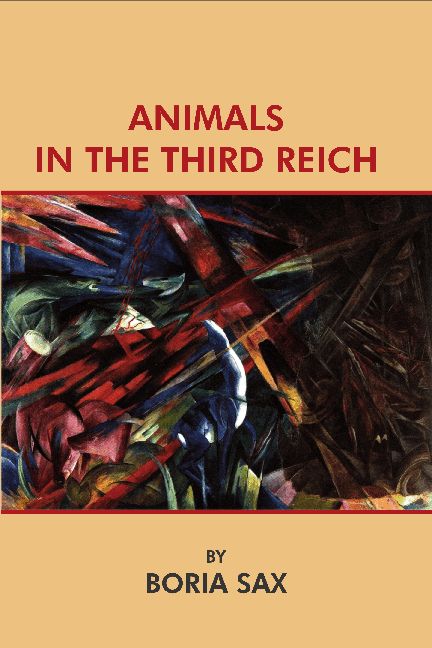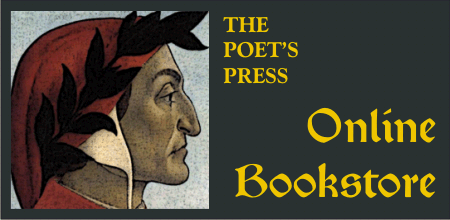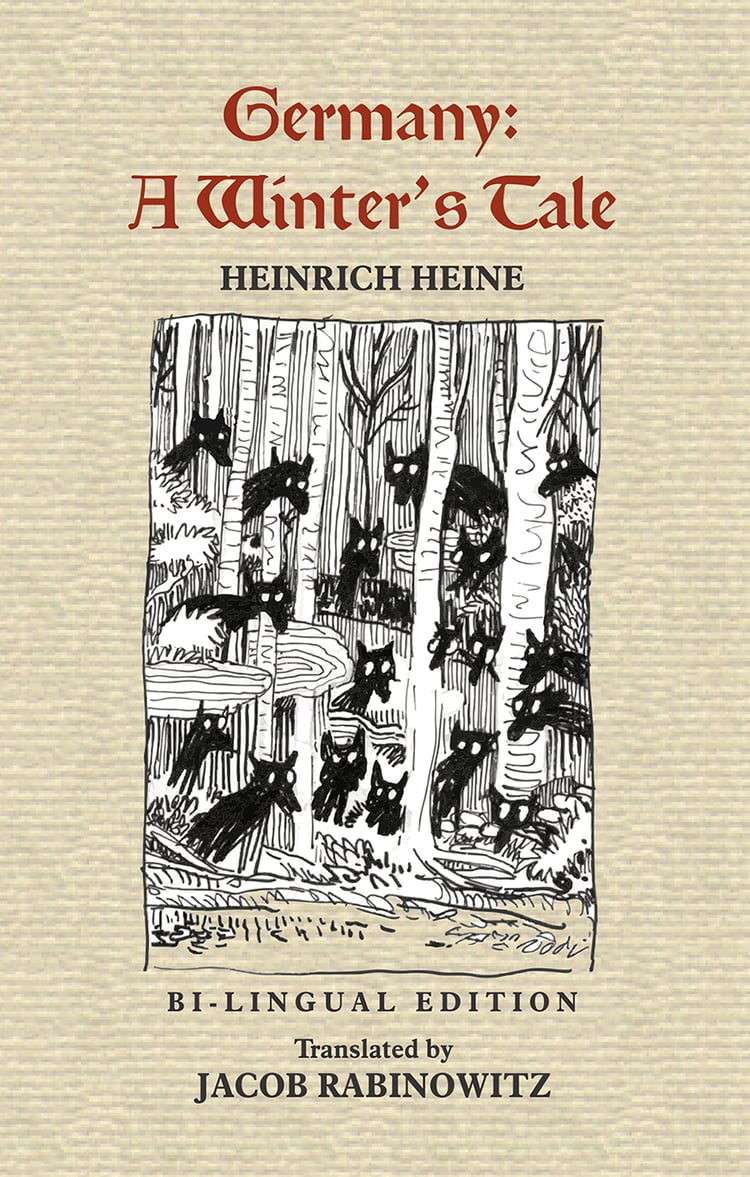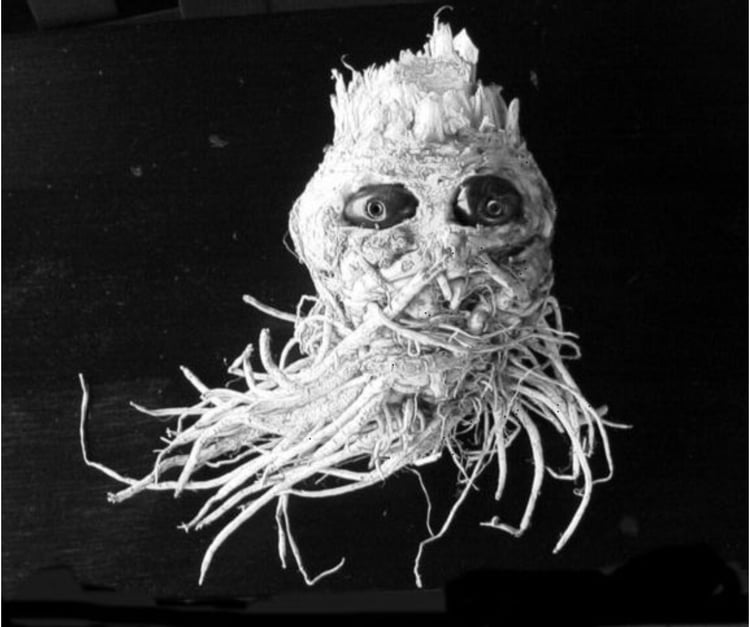
Boria Sax - Animals in the Third Reich (PDF)
BORIA SAX. ANIMALS IN THE THIRD REICH.
Second edition, revised and expanded. Reviewers’ notes from the first edition of 2000:
"In Animals in the Third Reich, Boria Sax explores an aspect of Nazi ideology and policy that, to my knowledge, no one has seriously studied until now: the Nazi relationship to animals, both as mythic figures and as actual living creatures. I had come across references to Hitler's fixation on wolves in his biographies, but the authors offered no context for this fixation and tended to treat it as yet another idiosyncratic symptom of mental illness. In Sax’s book, I learned for the first time the central role that animals, especially predatory animals played in the Nazi worldview, and how this colored their perception of Jews as ‘pigs’ and ‘dogs.’ This is an utterly fascinating work, enriched by Sax's wide-ranging erudition, and sure to intrigue ordinary readers, as well as inspiring scholars for years to come." — Barbara Ehrenreich
"Rarely does a book contribute to two fields so significantly as this one. Sax, an independent scholar and consultant to various human rights organizations, has written the first book to explore thoroughly the Nazi cult of animals. In a way, this book reads like a mystery novel, as it uncovers some of the chief paradoxes of Nazi ideology. The Nazis promoted vegetarianism and passed the most progressive anticruelty laws the world has ever known. Yet they also developed a mystical technocracy that reduced morality to the crudest version of a biological struggle for survival. They used images of animals to vilify their enemies (especially, of course, the Jews) and add to their own mystique (the SS were portrayed as predator animals). Sax is especially insightful about the subtle ways that the Nazis parodied and plundered Christian theology. This book is a must for all collections in German history and in animal rights. It is a deep and profound reflection on the complex and perplexing ways that animals can shape human culture and politics. — S. H. Webb, Wabash College, in Choice.
Sax’s book contains a great deal of food for thought, and helps us see both the banalities and the atrocities from this era in new and revealing lights. There is a great deal of material on the symbolism of blood, and some intriguing discussion of ritual animal sacrifice. Nazi regulations of how animals should and should not be slaughtered also come into focus ... Konrad Lorenz is sharply and appropriately criticized, both for his tacit endorsement of certain forms of political predation (recall that he joined the Nazi party in 1938) and his Nazi-sympathizing view that “for us, race and ethnicity are everything, the individual human being as good as nothing.” The book should be of interest to anyone seeking to understand either the larger context of the Holocaust or the history of animal protection and abuse; one can also hope that books like this will help provoke further examination of the intertwined histories of the brutalization of humans and the treatment of animals as unfeeling objects. — Robert N. Proctor, Pennsylvania State University, in Anthrozoos.
234 pp., illustrated











